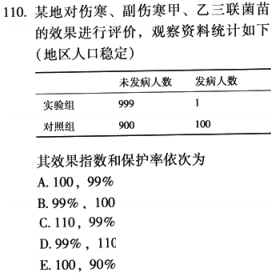 题目内容
(请给出正确答案)
题目内容
(请给出正确答案)
请阅读Passage l。完成第小题。 Teaching children to read well from the start is the most impo
请阅读Passage l。完成第小题。
Teaching children to read well from the start is the most important task of elementary schools. But relying on educators to approach this task correctly can be a great mistake. Many schools continue to employ instructional methods that have been proven ineffective. The staying power of the "look-say" or "whole-word" method of teaching beginning reading is perhaps the most flagrant example of this failure to instruct effectively.
The whole-word approach to reading stresses the meaning of words over the meaning of letters, thinking over decoding, developing a sight vocabulary of familiar words over developing the ability to unlock the pronunciation of unfamiliar words. It fits in with the self-directed,"learning how to learn" activities recommended by advocates of "open" classrooms and with the concept that children have to be developmentally ready to begin reading. Before 1963, no major publisher put out anything but these "Run-Spot-Run" readers.
However, in 1955, Rudolf Flesch touched off what has been called "the great debate" in beginning reading. In his best-seller Why Johnny Can"t Read, Flesch indicted the nation"s public schools for miseducating students by using the look-say method. He said——and more scholarly studies by Jeane Chall and Rovert Dykstra later confirmed——that another approach to beginning reading, founded on phonics, is far superior.
Systematic phonics first teaches children to associate letters and letter combinations with
sounds; it then teaches them how to blend these sounds together to make words. Rather than building up a relatively limited vocabulary of memorized words, it imparts a code by which the pronunciations of the vast majority of the most common words in the English language can be learned. Phonics does not devalue the importance of thinking about the meaning of words and sentences; it simply recognizes that decoding is the logical and necessary first step.
The author feels that counting on educators to teach reading correctly is_________. 查看材料
A. only logical and natural
B. the expected position
C. probably a mistake
D. merely effective instruction
 如果结果不匹配,请 联系老师 获取答案
如果结果不匹配,请 联系老师 获取答案



 更多“请阅读Passage l。完成第小题。 Teaching c…”相关的问题
更多“请阅读Passage l。完成第小题。 Teaching c…”相关的问题



















